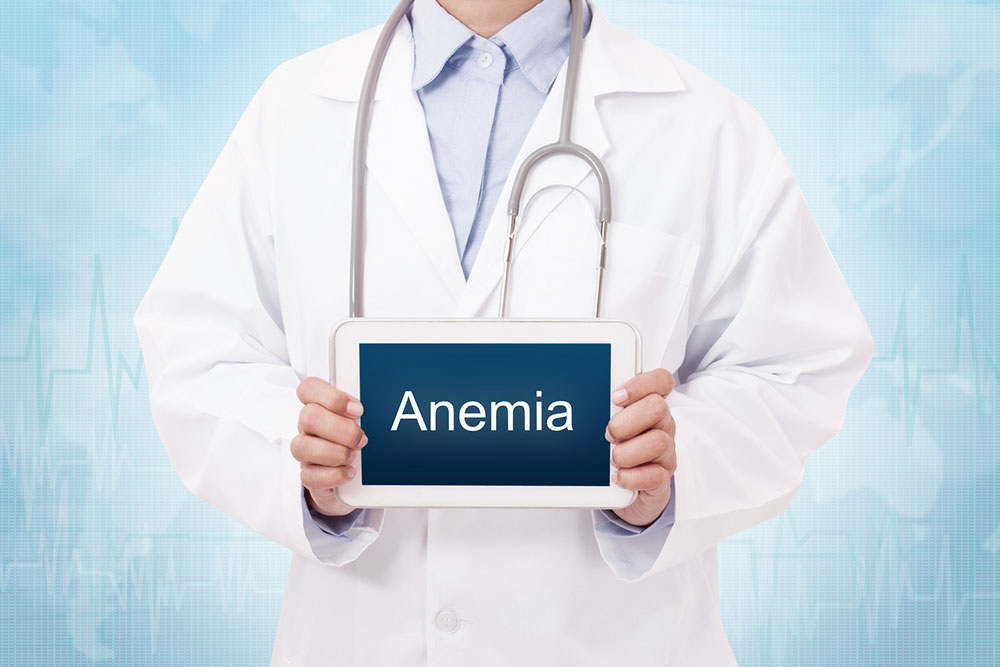
Important Facts on Obstetric Anemia
According to the World Health Organization, maternal anemia is a common condition that is experienced across the world. Anemia during pregnancy and postpartum anemia have numerous health risks to both mother and child. Thyroid and immune function may be affected. Iron is needed for many psychological processes in the human body. Studies indicate that an iron deficiency at the time of pregnancy may independently cause cognitive or behavioral abnormalities in the child. The most frequent type of obstetric anemia is Iron Deficiency Anemia (IDA).
It is important to know that:
- Maternal iron deficiency is by far known to be the most common type of obstetric anemia.
- Maternal anemia is still common despite the knowledge and guidelines available widely.
- The most frequent cause of maternal death is said to be due to maternal anemia.
- Maternal anemia increases the risk of induction of labor or caesarean section too.
- The risk of postpartum anemia is increased when the mother suffers from anemia during pregnancy.
- Irreversible damage linked to many harmful effects on the fetus like intrauterine growth restrictions, death in utero, infections, pre-termed delivery, and neurodevelopmental damage may be caused due to pregnancy with iron deficiency anemia.
- Maternal IDA should be treated, or it may carry over to the next pregnancy.
1. Pregnancy and obstetric anemia
During pregnancy, hormones induce hemodynamic changes, even though there is an increase in the red cell, plasma volume relatively increases. Obstetric anemia is defined by specific limits of hemoglobin. These limits are lower in non-pregnant women. As women in fertile age usually have a marginal store of iron, the increased red cell production increases iron needs. This frequently leads to iron depletion.
Pregnancy IDA is by far is the most frequent type of obstetric anemia. It is seen in 25% of pregnant women even in highly industrialized countries. Ethnicity and age are also strongly associated with anemia prevalence. Anemia during pregnancy shows a large variation geographically, which is caused by environmental, socio-economic, and hereditary factors.
2. What does WHO say
The World Health Organization (WHO) defines pregnancy anemia differently. According to WHO, hemoglobin should be lower than 11 g/dL in the first and last trimester and less than 10.5 g/dL in the second trimester.
3. Other expert opinions
According to BCSH (The Business, Consumer Services, and Housing Agency) guidelines, hemoglobin should be less than 11 g/dL in the first trimester and less than 10.5 g/dL in second and third trimester. A hemoglobin level below 9 g/dL is associated with a threefold increased risk of intrauterine growth restriction, which may also lead to intrauterine fetal death in severe cases. However, mild anemia during pregnancy may not harm mother or child.
4. Associated factors
Other factors that can be acquired during pregnancy are Folate deficiency, Vitamin B-12 deficiency, parasitic infestation (like malaria and hookworm), bacterial infection, autoimmune hemolytic anemia, toxic and aplastic anemia, and hematological malignancies.
5. Blood transfusion
Blood transfusion carries many risks of excessive volume overload and should only be used for acute bleeding, hematological conditions, and in severe cases of refractory anemia where low levels of hemoglobin or insufficient physiological compensation could cause an imminent risk for mother or fetus.


